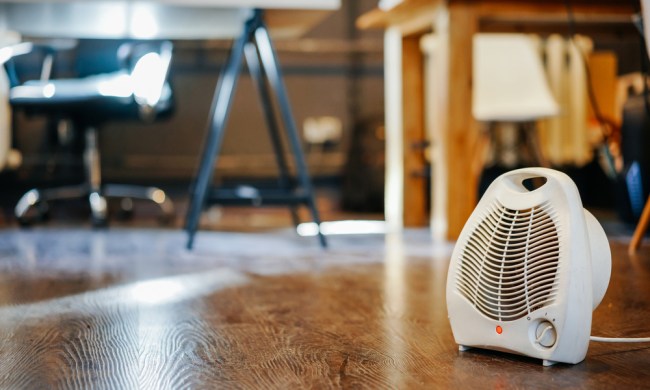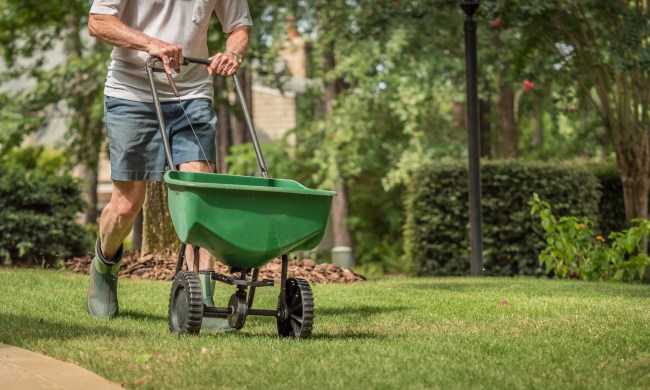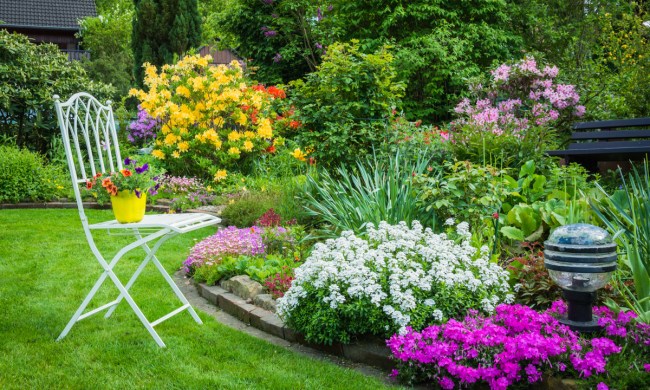When you’re growing plants indoors or if you’ve decided to store your plants inside for the winter, it can be tricky keeping them happy and healthy. Indoor plants don’t have all the advantages that outdoor plants have, like abundant sunlight, regular watering, and continual pollination, so caring for them needs to be a regimented and careful process.
While making sure your plants get the sunlight and water they require while indoors are vital components to caring for them, an often neglected variable is the temperature in your indoor space.
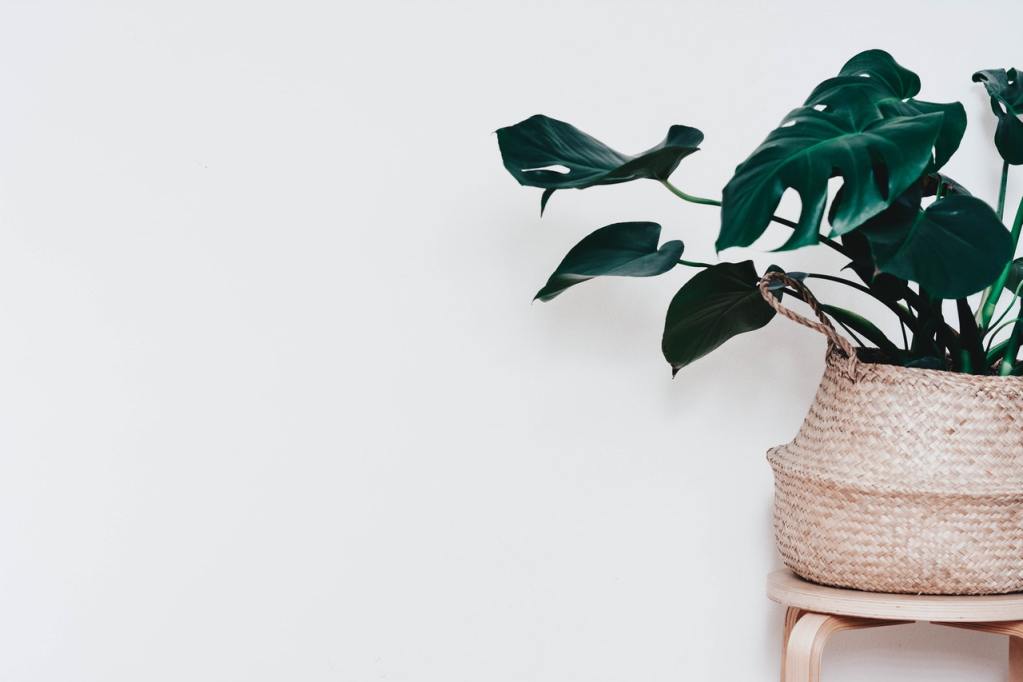
Ideal indoor plant temperature
Plants tend to love warm weather, so it’s a common misconception that high indoor temperatures will be good for plants. However, since your plants won’t have the advantages that the outdoors brings to make them flourish, having an indoor temperature that is too high will dry them out and cause them to wither.
Alternately, a temperature that’s too low can stunt the plant’s growth and kill it entirely. This is particularly true if the plant is overwatered, since the water’s temperature will be colder than it should be, which will speed up the dying process.
In most cases, plants that are indoors should be kept in rooms where the temperature is between 60 – 85°F, but a plant’s temperature preference depends on the type of plant it is.
- Cool weather plants: Keep cool weather plants like azaleas and snake plants on the lower end of the temperature scale, around 60°F.
- Tropical plants: Tropical plants like cacti, palms, and hibiscus plants, should be kept at temperatures on the higher end of the scale, around 80°F.
Issues to keep in mind
Setting the temperature in your home or office to an appropriate level is a good start to keeping the climate conducive to your plants’ growth, but there are some other factors that may negatively impact the temperature around them. It’s a good idea to have a thermometer hung near your plants so that you can monitor the temperature in their area.
Windows and vents
While keeping plants on a window sill may seem like the perfect solution to getting them that extra bit of natural light, keep in mind that cold drafts often make it through windows and can lower the temperature around your plants significantly.
Similarly, keeping plants directly under a heating vent is not advised, since the area will drastically heat up when the heat kicks on.
Long periods of low outdoor temperatures
If you live in an area that has extreme winters, there will often be periods of time where the outside temperature drops below freezing or even to sub-zero numbers. During these times, the building’s heating system tends to work harder, causing inconsistent indoor temperatures to occur.
A note about humidity
Cold weather tends to be extremely dry. Even if you heat up the room, it will be an artificial heat that can contribute to the air’s dryness. When plants are sitting in a less than ideal temperature climate, whether too hot or too cold, the humidity around them can be negatively impacted. It’s a good idea to spray a water mist on them occasionally or keep them in water trays when the air indoors gets dry.
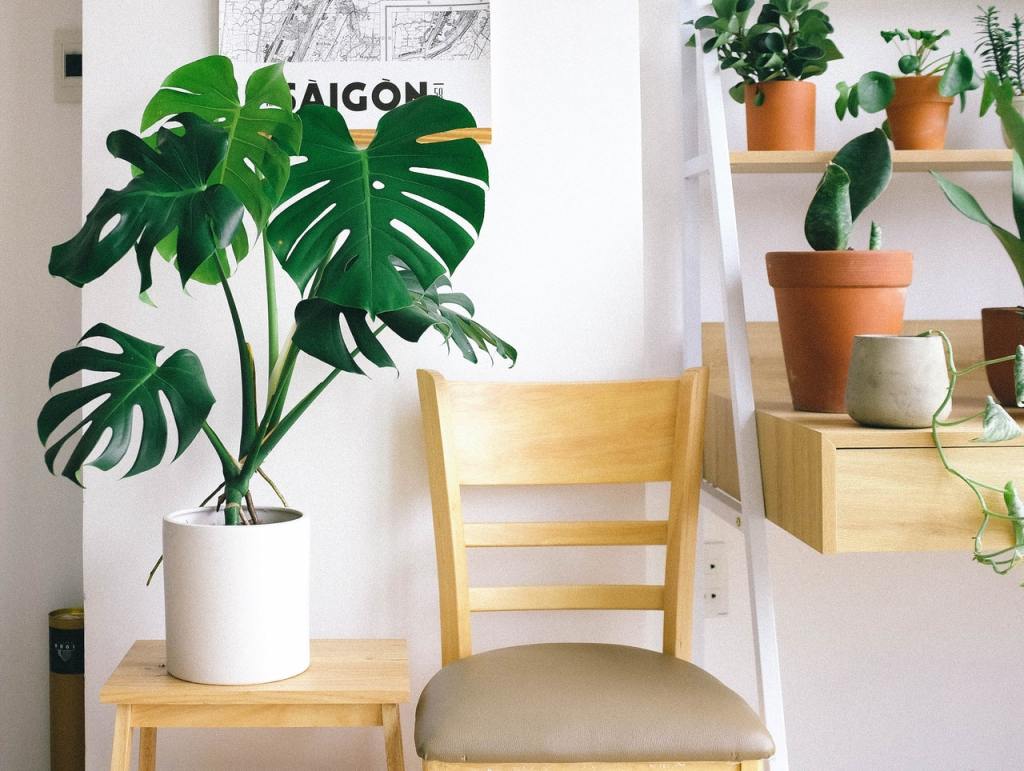
Warning signs your indoor temperature is too high or low
If you’re watering your plants sufficiently to their needs and they are getting the right amount of sunlight, when you see some of the below issues occur, these may be signs that the temperature around your plants is not at the right level.
Flowers die unexpectedly
When a plant is in distress, it begins to focus it’s energy and resources on the root system and foliage in order to stay alive, leaving the flowers to wilt and die. If your plant’s flowers start to die quickly and unexpectedly, this could be a sign that the temperature in the room is not quite right.
Leaf discoloration
After the flowers die off, the next warning sign will be leaves that start to yellow or brown. This is an indication that the plant is no longer expending energy on its foliage, and is instead focusing only on the root system to stay alive.
Lower leaves wither or die
When the lower leaves on the plant start to wither and die, this is a major warning sign that the plant is not getting something that it needs, whether it’s light, water, humidity, or an appropriate temperature.
Caring for plants indoors is no small feat. There are many factors to consider when setting up their space, planning a care routine, and monitoring their progress. Keeping your plants watered and in a space that has adequate light are simple enough care practices, but take care not to neglect the often-forgotten practice of regulating the indoor temperature around your plants. Keep your plants safe and happy so they can continue to bring your life some joy.

